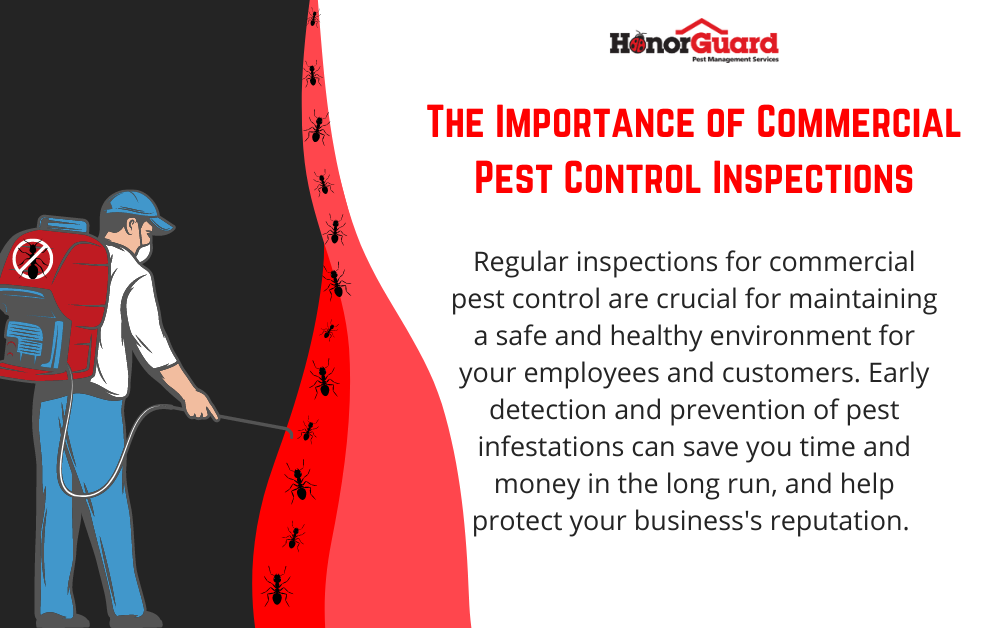Pestwise for Dummies
Pestwise for Dummies
Blog Article
Not known Details About Pestwise
Table of ContentsSome Known Factual Statements About Pestwise 4 Easy Facts About Pestwise Shown7 Easy Facts About Pestwise DescribedThe Pestwise PDFsFacts About Pestwise UncoveredThe Single Strategy To Use For PestwiseSome Known Details About Pestwise

Q. Define "incorporated parasite administration" (IPM) and listing several feasible control methods that might be used in an IPM strategy. A. Integrated parasite management is the combining of ideal bug control strategies into a single plan to reduce pests and their damages to an appropriate degree. Bug control techniques might consist of: host resistance, organic control, social control, mechanical control, sanitation, and chemical (chemical) control.
About Pestwise
What can you do to maintain the bugs you are attempting to control from coming to be resistant to the pesticides you utilize? A. Parasite resistance can be decreased by making use of integrated parasite administration and revolving the kinds of pesticides utilized.
Bugs are an essential risk to the farming service, and incorporated pest management helps cultivators address and minimize these risks. Integrated insect monitoring utilizes several approaches in facility, thus being a more efficient option to the concern. Bug Exterminator. Specifically, getting rid of hostile chemical methods permits reducing damage to people and the environment by utilizing natural and safer alternatives instead
Pestwise Can Be Fun For Anyone
The objective of incorporated insect management is to decrease this injury and control appropriate invasion levels instead of remove all unwanted populations. This is why it is very important to recognize what procedures are justified in each instance and usage aggressive ones just when other incorporated administration techniques do not work. Integrated monitoring reduces the negative effects of a non-IPM technique, and the main advantages of IPM Benefits of IPM.
A proper understanding of the invasion scope determines if the trouble ought to be dealt with. are the next components of an IPM program since it is necessary to understand if the organisms make possible risks and determine on the integrated management alternatives or the particular chemical use. mean to decrease problems by applying various agronomic strategies.
Unknown Facts About Pestwise
if prevention was inefficient. Integrated monitoring alternatives in an IPM program start with safer to a lot more hostile ones. As an example, target or broadcast chemical spraying may follow hands-on elimination or capturing that hasn't assisted. The prior incorporated administration facets help recognize just how to intend and apply an IPM program detailed: Display your plants consistently.

Among others, IPM social techniques consist of the complying with field monitoring techniques: dirt therapy; choice of ideal plants; crop turning; interplanting or strip cropping; option of growing dates; weed control; usage of catch plants. Beneficial dirt conditions speed up plant growth, and strenuous plants are extra immune to infestations. Healthy and balanced seedlings and seeds predetermine effective crop growth, so it is important to select pest-free growing material with strong roots.
, which is also used in the integrated insect administration system. Alternatively, problems raise when plants of the very same plant kind or family members expand with each other.
Potato beetles can damage expanding potatoes, see this site in addition to tomatoes. Growing trap plants in patches is another alternative for IPM intercropping. This incorporated parasite monitoring approach recommends drawing in bugs to certain plants and after that managing them with chemical or mechanical methods. Particularly, you can grow soybeans as catch crops for Japanese beetles.
The Of Pestwise
Barriers are regular examples of physical IPM approaches. Mature bugs or their eggs and larvae are accumulated by hand and destroyed.

Department of Plant Sciences. This integrated monitoring technique indicates a typical way of destroying bugs by killers, parasitoids, virus, and various other biological control representatives (also known as antagonistic organisms). The role of biological control in IPM is to.
Getting The Pestwise To Work
With time, their populace transformed out to be a genuine annoyance to farmers along with aboriginal kangaroos or dingoes. The walking cane toad is an additional instance showing integrated biological control failure in this respect when it refused to quest the target varieties and came to be a bug itself. Parasitoids create on or within their hosts to at some point eliminate them after developing.
Report this page